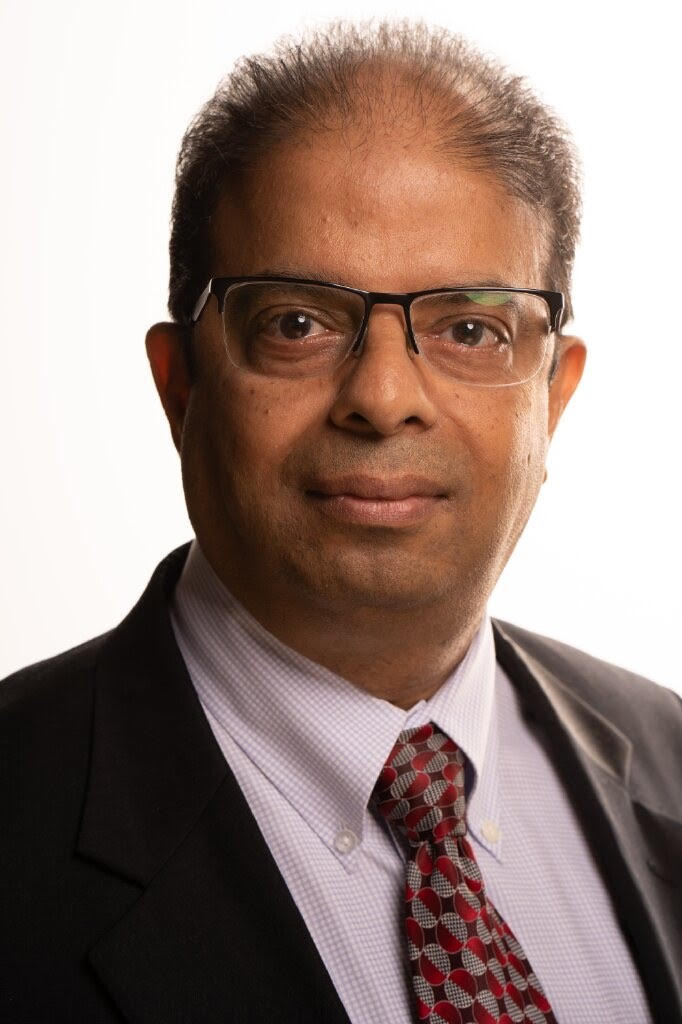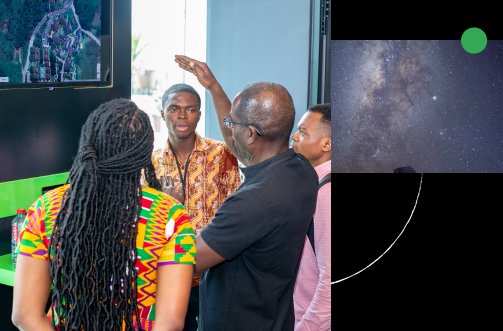
Bakul Patel
Bakul Patel is Senior Director, Global Digital Health Strategy & Regulatory at Google, focused on building a unified digital health strategy that is aligned with evolving global regulatory needs. Mr. Patel's vision is to help realize the potential of technology and its role in democratizing access to high quality, equitable healthcare.
Prior to joining Google, Mr. Patel held the position of the Chief Digital Health Officer of Global Strategy and innovation and Founding Director for Digital Health Center of Excellence, at the US Food and Drug Administration (FDA). In these roles, he provided thought leadership and expertise, and shaped responsible regulation that balanced innovation and patient safety for digital health. Mr. Patel coined the term "Software as a Medical device" (SaMD), and authored a risk framework and playbook that is now adopted by many medical device regulators globally. He was also the architect of the software precertification pilot program and the FDA's framework for Artificial Intelligence/Machine Learning (AI/ML)-based software which created the Predetermined change control plan - novel approach for FDA.
Mr. Patel earned an MS in electronic systems engineering from the University of Regina, Canada, and an MBA in international business from The Johns Hopkins University.
Research Areas
Authored Publications
Sort By
Automated loss of pulse detection on a commercial smartwatch
Kamal Shah
Yiwen Chen
Anthony Stange
Lawrence Cai
Matt Wimmer
Pramod Rudrapatna
Shelten Yuen
Anupam Pathak
Shwetak Patel
Mark Malhotra
Marc Stogaitis
Jeanie Phan
Ali Connell
Jim Taylor
Jacqueline Shreibati
Daniel McDuff
Tajinder Gadh
Jake Sunshine
Nature, 642 (2025), pp. 174-181
Preview abstract
Out-of-hospital cardiac arrest is a time-sensitive emergency that requires prompt identification and intervention: sudden, unwitnessed cardiac arrest is nearly unsurvivable. A cardinal sign of cardiac arrest is sudden loss of pulse. Automated biosensor detection of unwitnessed cardiac arrest, and dispatch of medical assistance, may improve survivability given the substantial prognostic role of time, but only if the false-positive burden on public emergency medical systems is minimized. Here we show that a multimodal, machine learning-based algorithm on a smartwatch can reach performance thresholds making it deployable at a societal scale. First, using photoplethysmography, we show that wearable photoplethysmography measurements of peripheral pulselessness (induced through an arterial occlusion model) manifest similarly to pulselessness caused by a common cardiac arrest arrhythmia, ventricular fibrillation. On the basis of the similarity of the photoplethysmography signal (from ventricular fibrillation or arterial occlusion), we developed and validated a loss of pulse detection algorithm using data from peripheral pulselessness and free-living conditions. Following its development, we evaluated the end-to-end algorithm prospectively: there was 1 unintentional emergency call per 21.67 user-years across two prospective studies; the sensitivity was 67.23% (95% confidence interval of 64.32% to 70.05%) in a prospective arterial occlusion cardiac arrest simulation model. These results indicate an opportunity, deployable at scale, for wearable-based detection of sudden loss of pulse while minimizing societal costs of excess false detections.
View details
Safety principles for medical summarization using generative AI
Dillon Obika
Christopher Kelly
Nicola Ding
Chris Farrance
Praney Mittal
Donny Cheung
Heather Cole-Lewis
Madeleine Elish
Nature Medicine (2024)
Preview abstract
The introduction of Generative AI, particularly large language models presents exciting opportunities for healthcare. However their novel capabilities also have the potential to introduce novel risks and hazards. This paper explores the unique safety challenges associated with LLMs in healthcare, using medical text summarization as a motivating example. Using MedLM as a case example, we propose leveraging existing standards and guidance while developing novel approaches tailored to the specific characteristics of LLMs.
View details
